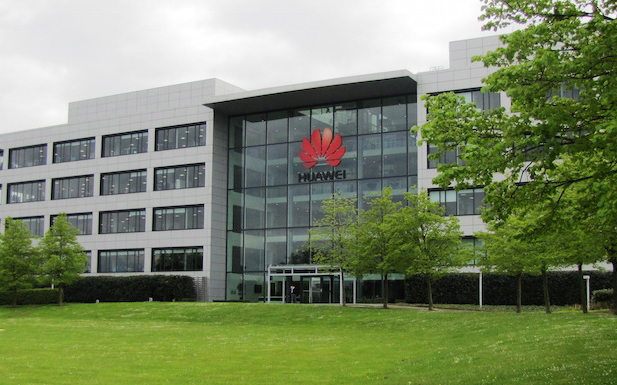Huawei and Red Hat have completed the initial phase of work on a multi-vendor integration platform for NFV-based mobile broadband technologies.
The China-based vendor said it had carried out “high performance LTE tests in heavy-traffic scenarios” at its NFV/SDN Open Lab in Xi’ian, alongside open source company Red Hat.
The two companies integrated Huawei’s FusionServer E9000, virtualised evolved packet core and virtualised Multi-Service Engine into the platform, as well as Red Hat’s Enterprise Linux OpenStack Platform 6 and management and orchestration (MANO).
In addition, they tested and verified multi-vendor vertical integration, virtualised network function integration, MANO integration, data throughput capabilities and load balancing capabilities.
The test verified the platform is capable of multi-vendor device integration and “basic NFV capabilities”, Huawei said.
Zhai Zhongcheng, General Manager of NFV Integration Services at Huawei, said: “Our joint effort is critical to the rapid development of NFV. As a leader of OpenStack and the open-source domain, Red Hat is a major contributor to development in this field.
Zhai added that Huawei will conduct further tests of carrier-grade NFV solutions for with Red Hat in an effort to “tackle challenges in network evolution.”
Radhesh Balakrishnan, General Manager of OpenStack at Red Hat, said: “Huawei’s NFV/SDN Open Labs offer expert resources around the world, and provide customers and partners with a professional verification platform.
“In supporting Huawei’s testing, we focused on achieving open NFV network evolution based on Red Hat Enterprise Linux OpenStack Platform 6.”
Huawei’s Open SDN/NFV lab is one of three complexes that Huawei plans to build, with additional labs set for Germany and the US.



